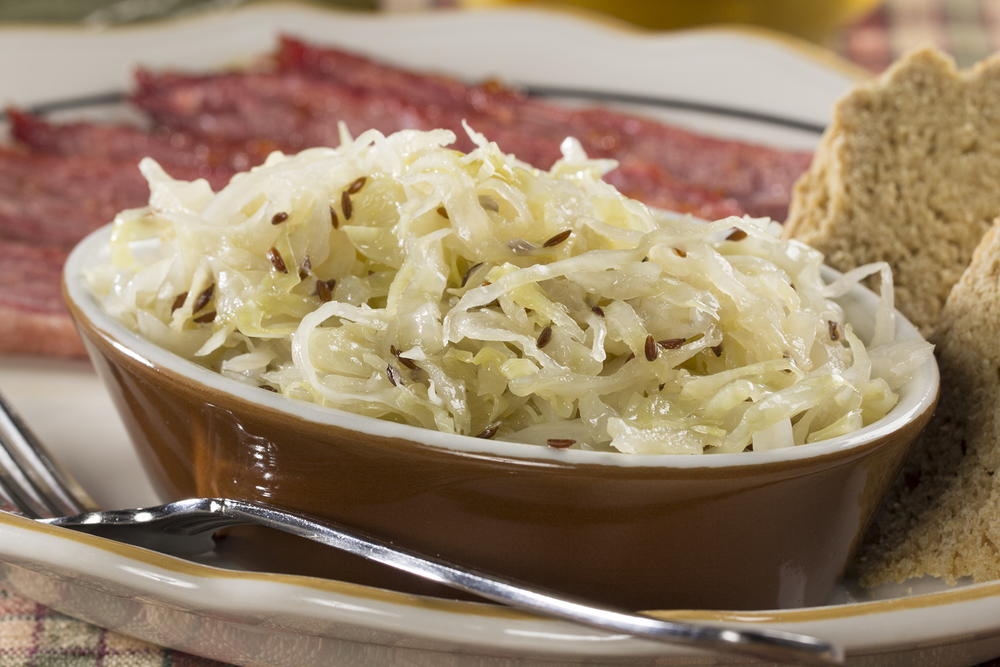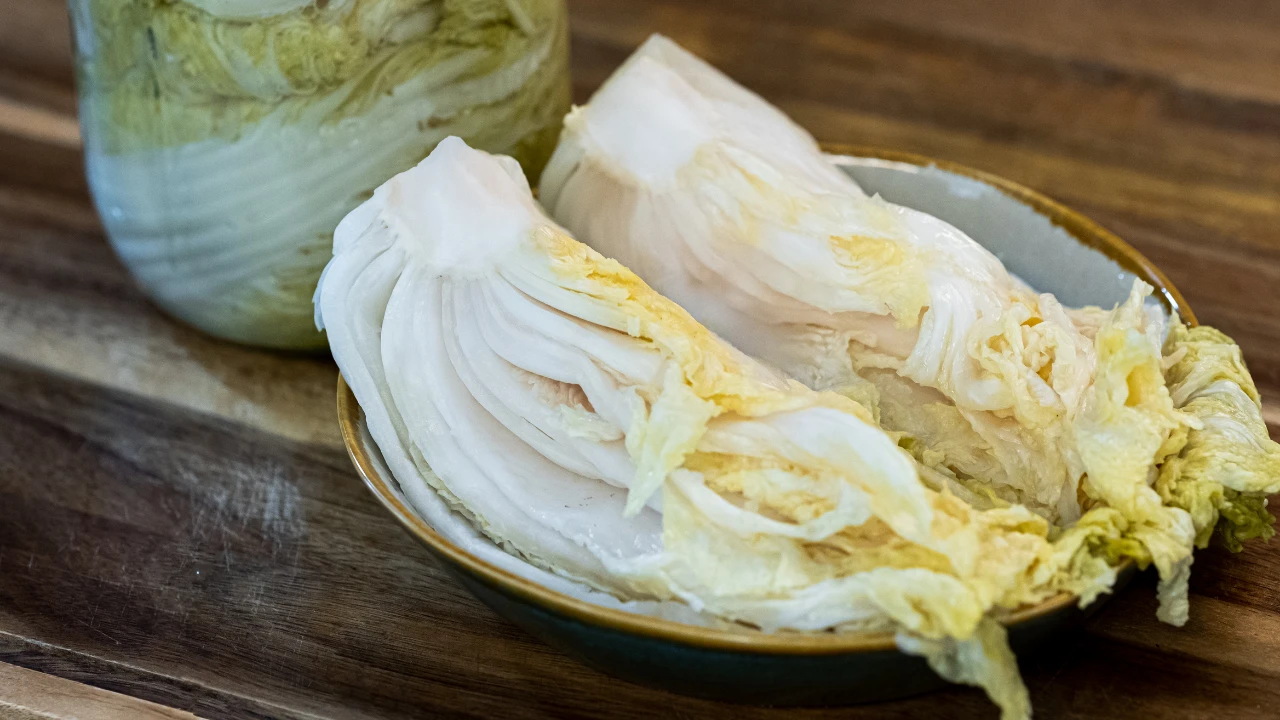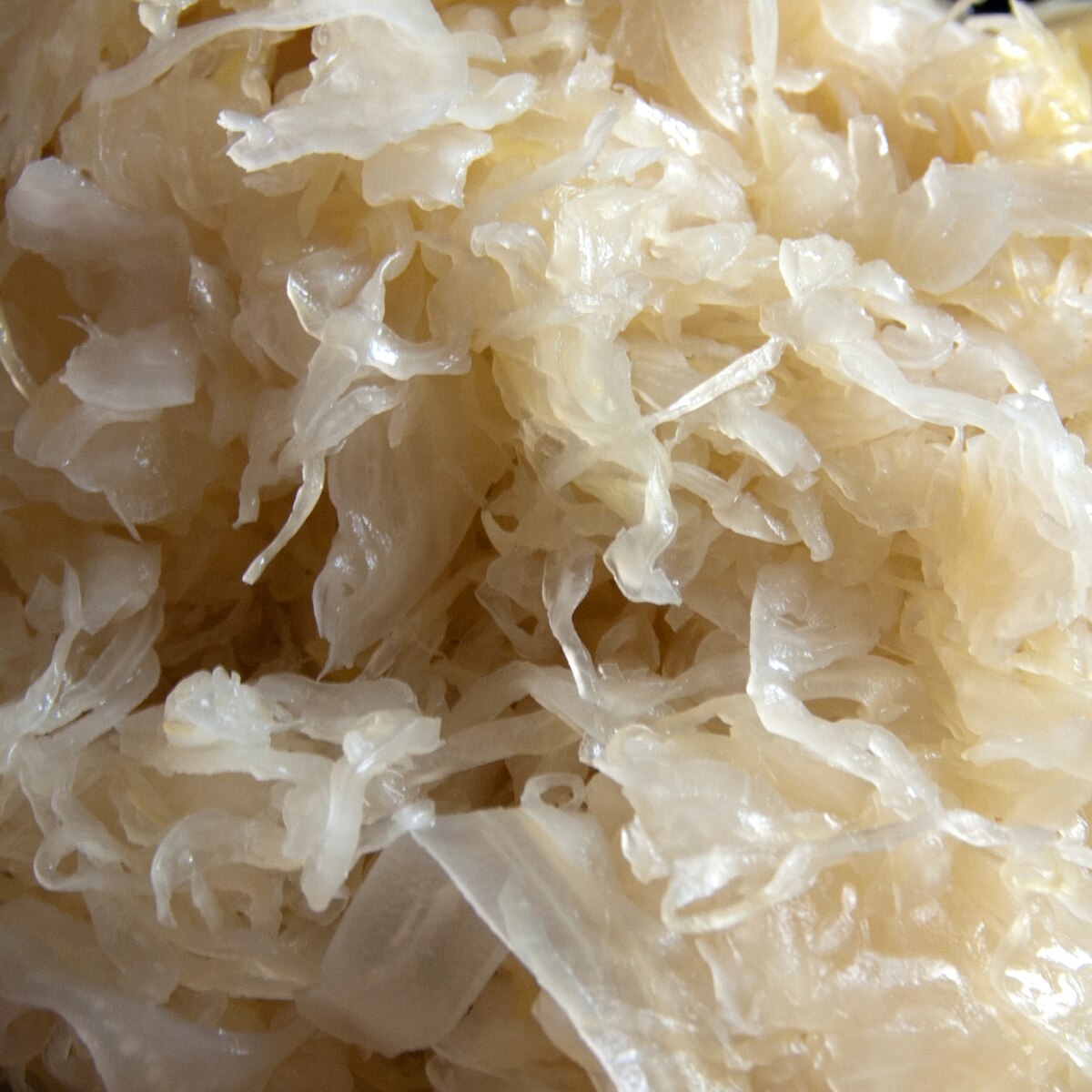Sour Cabbage A Culinary Journey of Flavor, and Health
Sour cabbage, also known as fermented cabbage or sauerkraut, is a traditional dish made by fermenting finely shredded cabbage with salt. This process results in a tangy, sour flavor and a crunchy texture, making it a versatile ingredient in various culinary applications. Sour cabbage holds significant importance in culinary traditions around the world. Dating back centuries, it has been cherished for its unique taste, preservation properties, and health benefits. Across different cultures, sour cabbage is not only a beloved ingredient but also a symbol of tradition, heritage, and community.
Sour cabbage is a staple in many cuisines worldwide, each with its own unique spin on preparation and flavor profile. In German cuisine, sauerkraut is often enjoyed as a side dish or topping for sausages and sandwiches. In Korean cuisine, kimchi, a type of sour cabbage, is a cornerstone of many meals, adding depth and complexity to dishes. Similarly, in Eastern European cuisines, sour cabbage rolls are a cherished comfort food. The purpose of this presentation/essay is to delve into the world of sour cabbage, exploring its origins, preparation methods, culinary uses, and cultural significance. By understanding the role of sour cabbage in various cuisines and its impact on culinary traditions, we can gain a deeper appreciation for this humble yet versatile ingredient.
Contents
Health Benefits of Sour Cabbage
Nutritional Value of Cabbage: Cabbage is a highly nutritious vegetable packed with essential vitamins, minerals, and antioxidants. It is low in calories but high in fiber, making it a valuable addition to a balanced diet. Cabbage is rich in vitamin C, vitamin K, vitamin B6, folate, manganese, and potassium, among other nutrients. Additionally, it contains powerful antioxidants such as anthocyanins and sulfur compounds, which contribute to its health-promoting properties.
Health Benefits of Fermented Foods: Fermented foods, including sour cabbage, offer a range of health benefits due to the fermentation process. During fermentation, beneficial bacteria such as lactobacilli break down sugars and starches in the cabbage, producing lactic acid. This process not only preserves the cabbage but also enhances its nutritional profile and bioavailability of nutrients. Fermented foods are known to support digestion, boost immune function, and improve overall gut health.

Focus on Sour Cabbage: Sour cabbage, or sauerkraut, is particularly beneficial for health due to its probiotic properties. Probiotics are live microorganisms that confer health benefits when consumed in adequate amounts. The lactobacilli bacteria present in sour cabbage help to populate the gut with beneficial microbes, promoting a healthy balance of gut flora. This, in turn, can enhance digestion, strengthen the immune system, and support overall well-being.
Probiotic Properties and Impact on Gut Health: The probiotic properties of sour cabbage contribute to its positive impact on gut health. Consuming sour cabbage regularly can help maintain a diverse and balanced microbiome, which is essential for optimal digestion and nutrient absorption. Additionally, the lactic acid produced during fermentation creates an acidic environment in the gut, which inhibits the growth of harmful bacteria and pathogens. This can reduce the risk of digestive issues such as bloating, gas, and constipation, while promoting regularity and intestinal health.
In summary, sour cabbage offers a range of health benefits, including improved digestion, enhanced immune function, and support for gut health, thanks to its nutritional content and probiotic properties derived from the fermentation process. Incorporating sour cabbage into your diet can be a delicious way to promote overall well-being and vitality.
Cultural Significance
1. Eastern European Cuisine: In Eastern European cuisines, sour cabbage holds deep cultural significance and is a staple ingredient in many traditional dishes. Sauerkraut, the German name for sour cabbage, is widely consumed in countries like Germany, Poland, Russia, and Ukraine. It is often enjoyed as a side dish, condiment, or filling for dishes such as cabbage rolls (holubtsi) and sausages. Sauerkraut is also a key component of festive meals and celebrations, symbolizing abundance and prosperity.
2. Korean Cuisine: In Korean cuisine, kimchi reigns supreme as a quintessential fermented dish made primarily from napa cabbage. Kimchi is more than just a side dish; it is a cornerstone of Korean culinary identity and cultural heritage. Kimjang, the traditional process of making kimchi, is a communal activity that brings families and communities together. Kimchi is enjoyed with nearly every meal in Korea and is celebrated during festivals such as Kimjang Day, highlighting its cultural importance.
3. Chinese Cuisine: In Chinese cuisine, sour cabbage is commonly used in various regional dishes, particularly in the northern provinces. One popular dish is suan cai, which translates to “sour vegetable.” Suan cai is made by fermenting Chinese cabbage (bok choy or Napa cabbage) with salt and spices, resulting in a tangy and flavorful condiment. Suan cai is enjoyed in stir-fries, soups, and hot pot dishes, adding a unique sour note to the flavors.
4. Central and Eastern European Festivals: In Central and Eastern European countries, festivals and celebrations often feature sour cabbage dishes as part of the culinary traditions. For example, in Germany, Oktoberfest celebrations showcase dishes like sausages served with sauerkraut, highlighting the cultural importance of sour cabbage in German cuisine. Similarly, in Poland and Ukraine, sour cabbage rolls (known as gołąbki and holubtsi, respectively) are enjoyed during holidays and special occasions, symbolizing familial bonds and tradition.
5. Jewish Cuisine: In Jewish cuisine, sour cabbage, known as tsimes, is a traditional dish enjoyed during holidays such as Passover and Rosh Hashanah. Tsimes is made by slow-cooking sour cabbage with carrots, onions, and sweeteners such as honey or sugar, resulting in a sweet and tangy side dish. It is served as part of the festive meal, symbolizing sweetness and prosperity in the new year.

In summary, sour cabbage holds significant cultural importance in various regions around the world, playing a central role in traditional dishes, festivals, and culinary traditions. Its versatility and flavor make it a beloved ingredient that brings people together and reflects the rich cultural heritage of different communities.
Preparation and Fermentation Process
1. Ingredient Selection
- Choose fresh, firm heads of cabbage for sour cabbage preparation.
- Flat or Taiwanese cabbage is preferred for its tenderness, but regular green cabbage works as well.
- Additional ingredients may include salt, vinegar, sugar, and optional spices or herbs for flavoring.
2. Preparation Steps
- Rinse the cabbage heads well to remove dirt and debris, and remove any damaged outer leaves.
- Cut out the core from each cabbage head using a sharp knife, ensuring to remove it entirely.
3. Brining Process
- Fill the core cavities of the cabbage with salt, allowing it to penetrate and soften the fibrous stems.
- Stack the cabbage heads tightly in a fermentation vessel, such as a clean, non-reactive container.
- Prepare a brine solution using salt, water, vinegar, sugar, and optional spices, ensuring the correct ratio for fermentation.
4. Fermentation
- Pour the brine solution over the stacked cabbage heads, ensuring they are fully submerged.
- Place a weight on top of the cabbage to keep it submerged in the brine, preventing mold growth.
- Cover the fermentation vessel to protect it from contaminants and allow the fermentation process to occur.
5. Role of Salt, Water, and Fermentation Vessels
- Salt: Salt plays a crucial role in the fermentation process by drawing out moisture from the cabbage, creating a brine solution. It also inhibits the growth of harmful bacteria, allowing beneficial lactobacilli to thrive.
- Water: Water is used to create the brine solution, ensuring the cabbage is fully submerged during fermentation. It also helps to facilitate the fermentation process by providing a medium for bacterial growth.
- Fermentation Vessels: Fermentation vessels, such as crocks or food-grade plastic containers, provide a suitable environment for the fermentation process to occur. They should be clean, non-reactive, and large enough to accommodate the cabbage heads and brine solution.
6. Variations in Preparation Methods Across Cultures
- Different cultures may have variations in the fermentation process, including the addition of unique spices, herbs, or vegetables for flavoring.
- Fermentation times may vary depending on factors such as ambient temperature and desired flavor profile.
- Some cultures may prefer to ferment cabbage whole, while others may shred or chop it before fermentation.
- Fermentation vessels and storage methods may differ across cultures, with some preferring traditional clay pots or wooden barrels.
In summary, the preparation and fermentation process for sour cabbage involves selecting fresh ingredients, brining the cabbage heads, and allowing them to ferment in a suitable vessel. Salt, water, and fermentation vessels play essential roles in the fermentation process, while variations in preparation methods may occur across different cultures, reflecting unique flavor preferences and traditions.
Culinary Uses and Recipes
Salads: Add shredded sour cabbage to salads for a tangy crunch and flavor boost.
Soups and Stews: Incorporate sour cabbage into soups and stews to add depth of flavor and a hint of acidity.

Side Dish: Serve sour cabbage as a classic side dish alongside meats, sandwiches, or grilled vegetables.
Sandwiches and Wraps: Use sour cabbage as a filling or topping for sandwiches, wraps, or burgers for added texture and flavor.
Recipes
Sour Cabbage Rolls (Holubtsi):
- Ingredients: Sour cabbage leaves, ground meat (beef, pork, or a combination), rice, onion, garlic, tomato sauce, salt, pepper, paprika.
- Method: Fill sour cabbage leaves with a mixture of seasoned ground meat and rice, roll them up, and simmer in a flavorful tomato sauce until tender.
Sauerkraut
- Ingredients: Shredded sour cabbage, salt, caraway seeds (optional).
- Method: Massage salt into shredded cabbage to release juices, then pack tightly into a fermentation vessel, adding caraway seeds if desired. Ferment for several weeks until tangy and flavorful.
Kimchi
- Ingredients: Napa cabbage, Korean radish (daikon), garlic, ginger, Korean chili flakes (gochugaru), fish sauce or soy sauce, salt, sugar, green onions.
- Method: Salt cabbage and radish, rinse, then mix with a paste of garlic, ginger, chili flakes, fish sauce, and sugar. Pack into jars and ferment for a few days to develop tangy flavors.
Tips for Incorporating Sour Cabbage
- Start with small amounts and gradually increase to adjust to the tangy flavor.
- Experiment with different cuisines and flavor combinations to find your favorite sour cabbage recipes.
- Use sour cabbage as a condiment or topping for tacos, hot dogs, or grilled meats for added flavor and crunch.
- Get creative and use sour cabbage in unexpected ways, such as in omelets, quesadillas, or sushi rolls.
By incorporating sour cabbage into various dishes and experimenting with traditional recipes, you can discover new and delicious ways to enjoy this versatile and flavorful ingredient in your everyday cooking.
Sour cabbage is a culinary gem, offering not only a tangy flavor but also a host of nutritional benefits. Across cultures, it holds a special place in traditions and festivals, symbolizing community and abundance. Its versatility in dishes like salads, soups, and rolls allows for endless culinary exploration. I encourage you to embrace sour cabbage in your cooking and savor the unique flavors it brings to your table.
| Category | Description |
|---|---|
| Introduction | Define sour cabbage and its significance in culinary traditions. |
| Health Benefits | Explain the nutritional value of cabbage and the health benefits of fermented foods. |
| Cultural Significance | Explore the cultural significance of sour cabbage in different regions. |
| Preparation and Fermentation Process | Detail the steps involved in preparing sour cabbage and its fermentation process. |
| Culinary Uses and Recipes | Present various culinary uses of sour cabbage and provide traditional recipes. |
| Conclusion | Summarize the key points discussed regarding sour cabbage and encourage experimentation. |
Delicious Czech Sweet and Sour Cabbage Recipe
Cabbage for Pregnancy A Nutritional Powerhouse
Traditional Recipes Indian Cabbage, Cultural Significance, and Modern Innovations
Tantalizing Taste Flavorful World of Fried African Cabbage
Broccoli Cabbage Recipe A Delicious for Any Occasion
Exploring German Sweet and Sour Cabbage
Storing Cabbage Preserving Freshness and Flavor